

This comprehensive guide explores the world of butterfly screws, covering their types, applications, advantages, and disadvantages. We'll delve into the specifics of their design, helping you choose the right butterfly screw for your project. Learn how these versatile fasteners are used in various industries and discover tips for effective installation and maintenance. Whether you're a DIY enthusiast or a professional engineer, this resource will enhance your understanding of butterfly screws.
Butterfly screws, also known as wing screws or thumb screws, are a type of fastening device characterized by their large, wing-shaped head. This design allows for easy tightening and loosening by hand, eliminating the need for tools in many applications. Their simple yet effective mechanism makes them a popular choice across numerous industries.
Butterfly screws are manufactured from various materials, each offering unique properties: Steel butterfly screws are strong and durable, suitable for heavy-duty applications. Stainless steel versions offer superior corrosion resistance, ideal for outdoor or humid environments. Plastic butterfly screws are lightweight and often used in applications where electrical insulation is required. The choice of material depends heavily on the specific application and environmental conditions.
While the defining feature is their large, wing-shaped head, variations exist. Some butterfly screws feature a more rounded wing, while others have sharper, more pointed wings. The size and shape of the wing influence the ease of gripping and torque application. Choosing the appropriate head style depends on the user's hand size and the required level of tightening force.
Like other screws, butterfly screws come with different thread types, such as coarse and fine threads. Coarse threads are easier to insert and remove but offer less precision, whereas fine threads provide a more secure and precise fastening but require more careful installation. Understanding the differences helps in selecting the optimal thread type for various applications.
Butterfly screws are remarkably versatile and find use in a wide range of applications:
| Advantage | Disadvantage |
|---|---|
| Easy to install and remove by hand | May not provide the same level of holding power as other screw types |
| Cost-effective solution | Prone to loosening over time due to vibrations |
| Wide range of materials and sizes available | Not suitable for high-vibration or high-stress applications |
Selecting the appropriate butterfly screw involves considering factors such as material, thread type, size, and head style. The application's specific requirements dictate the optimal choice. Consulting technical specifications and datasheets is crucial to ensure compatibility and performance.
For a wide selection of high-quality fasteners, including a variety of butterfly screws, consider exploring the options available at Hebei Muyi Import&Export Trading Co.,Ltd. They offer a comprehensive range to meet diverse project needs.
1 Manufacturer Datasheets (Specific datasheets should be linked here based on the specific manufacturers mentioned)

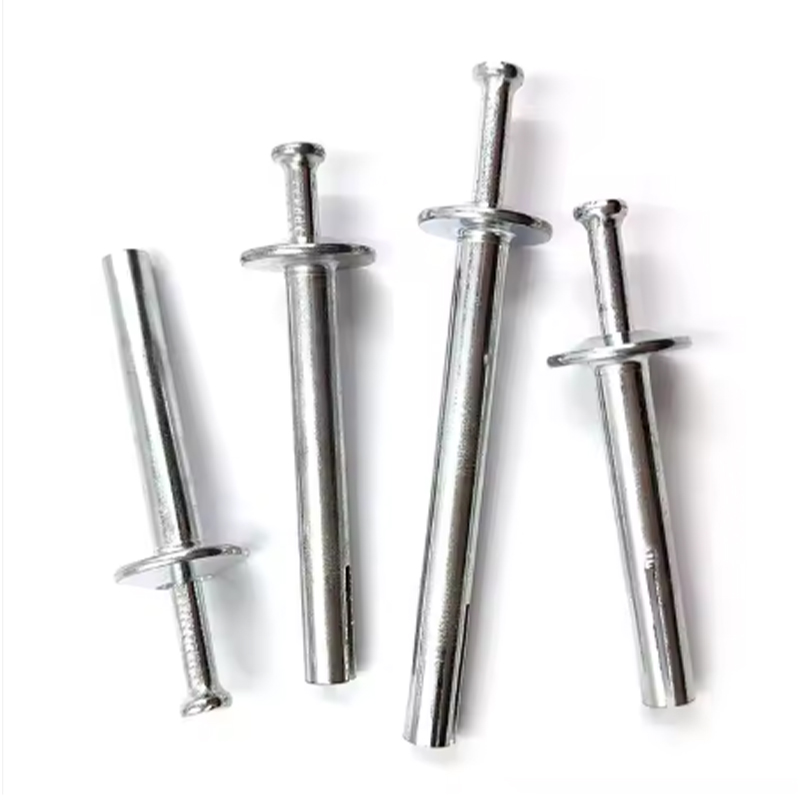

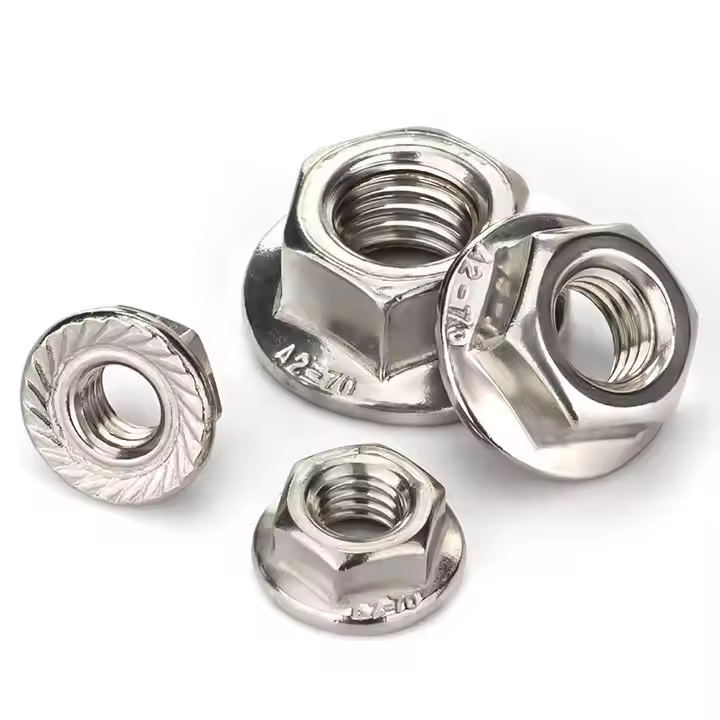
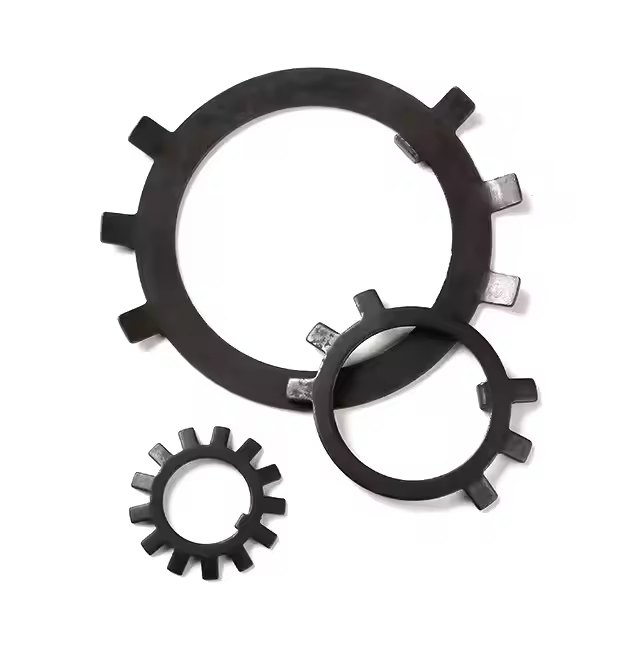
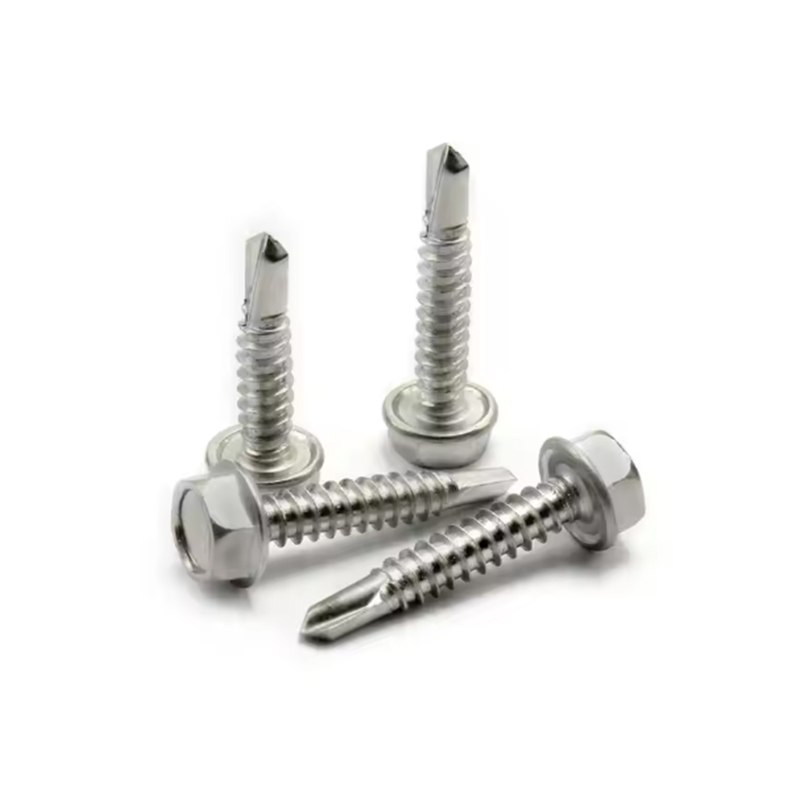
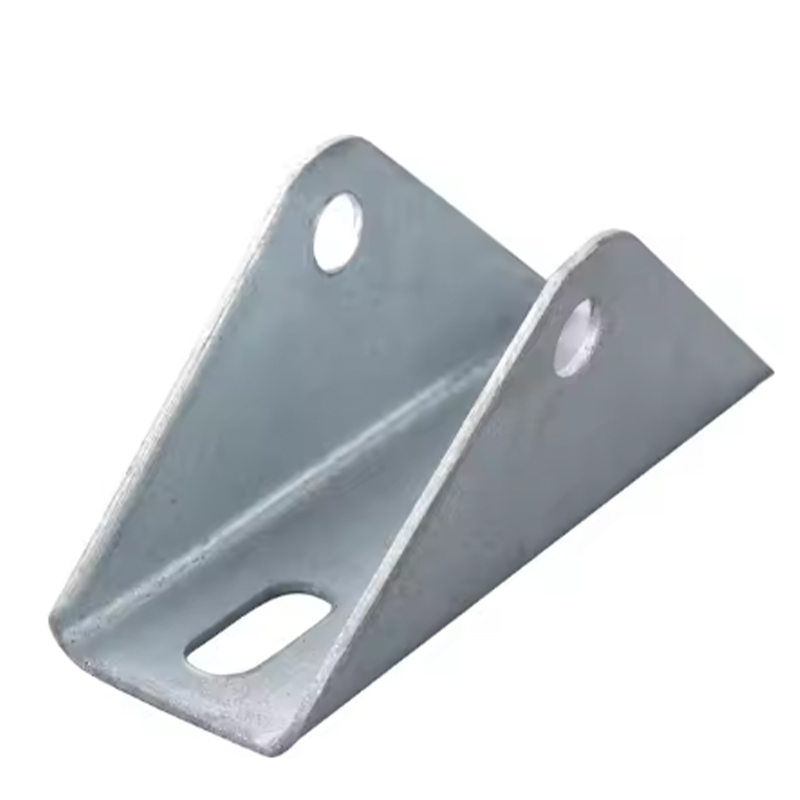
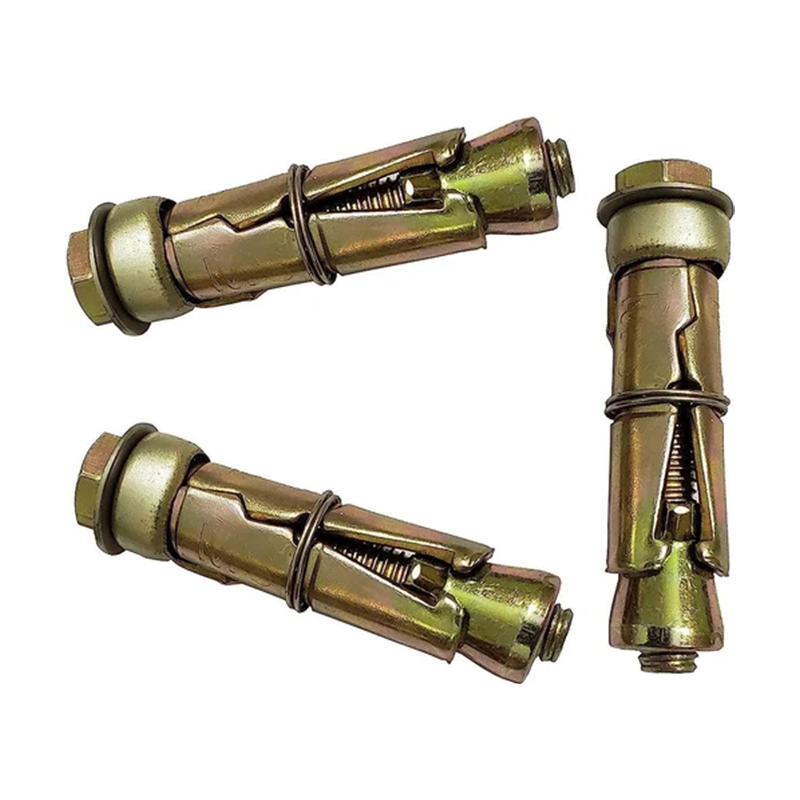

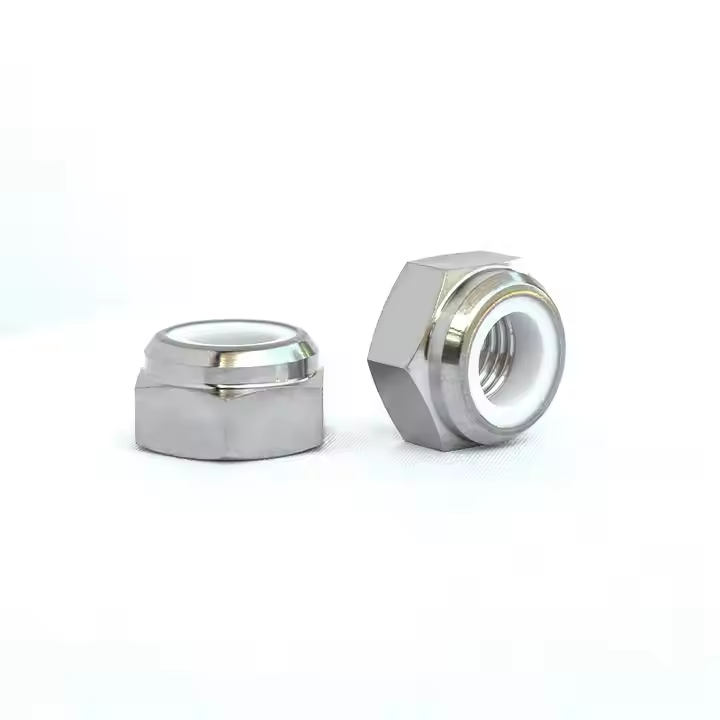
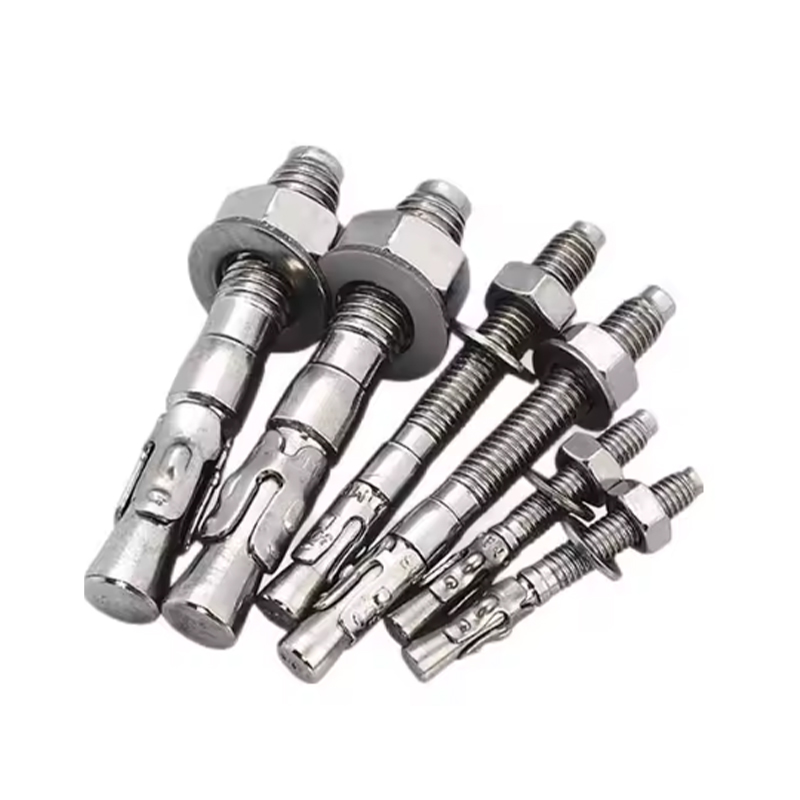
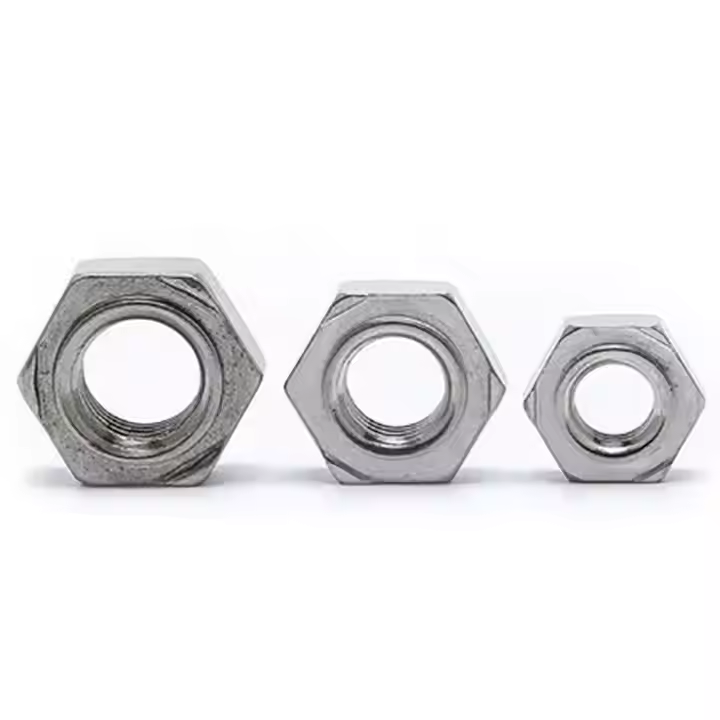

Please enter your email address and we will reply to your email.